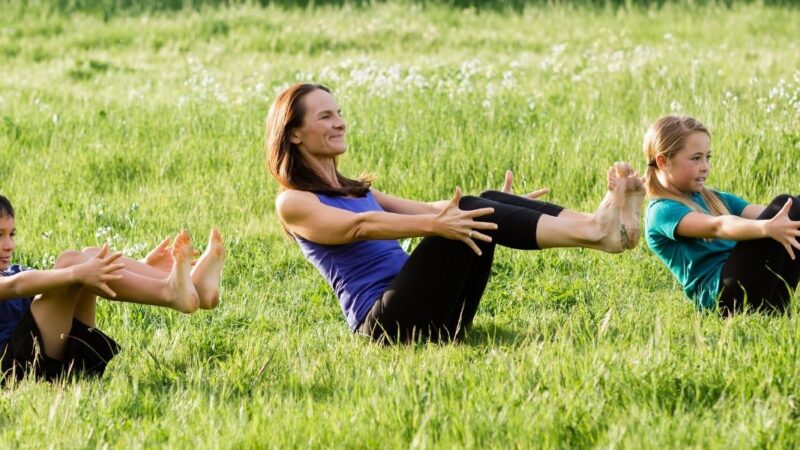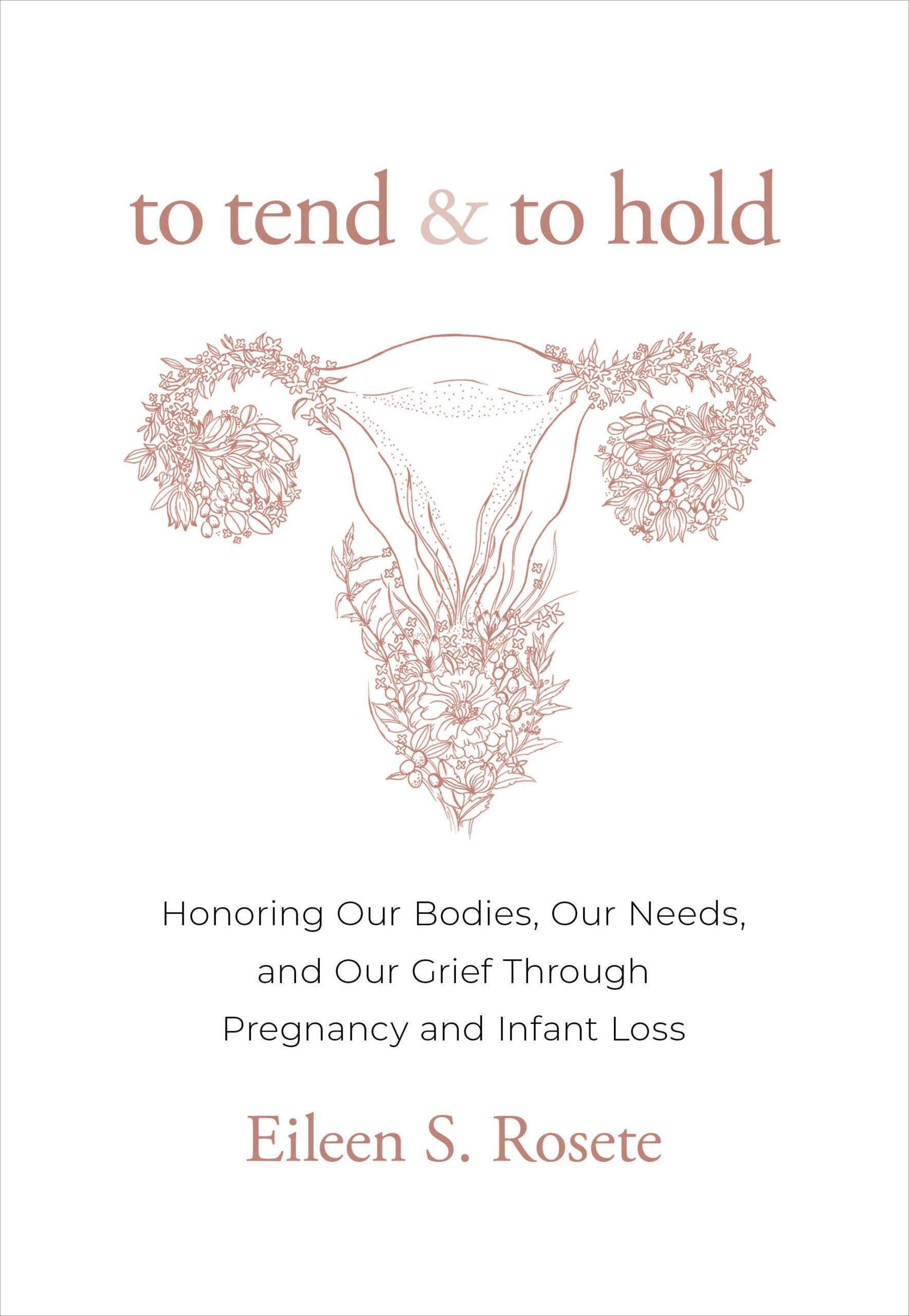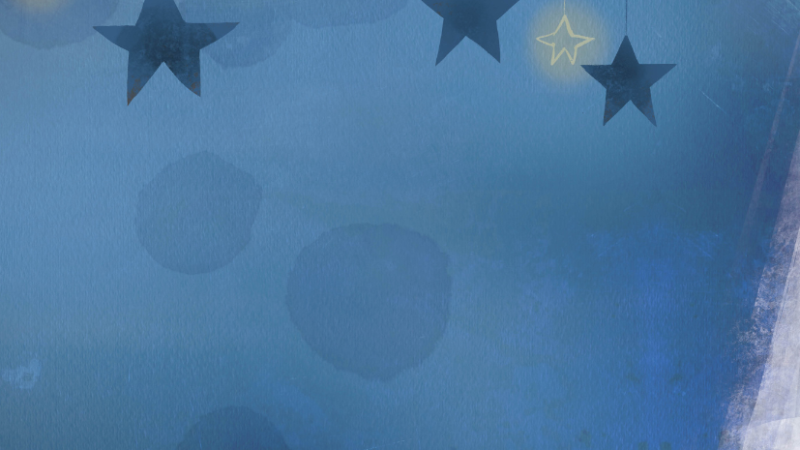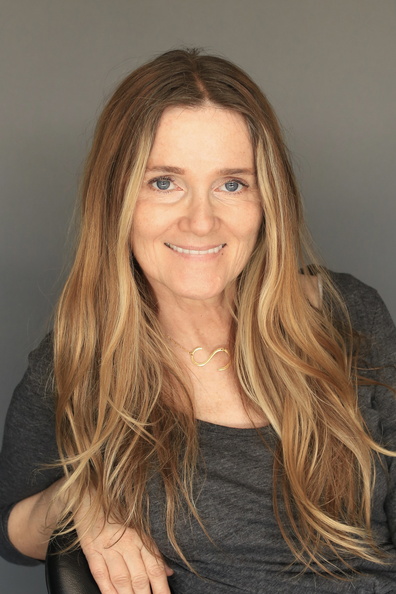Meet the Author of Good Morning Yoga
The Author
Mariam Gates holds a master’s degree in education from Harvard University and is the creator of Kid Power Yoga. She is the author of the bestselling Good Night Yoga and many other yoga-related books for children. Mariam’s favorite yoga pose is Tree. She lives in Northern California. For more, see mariamgates.com.
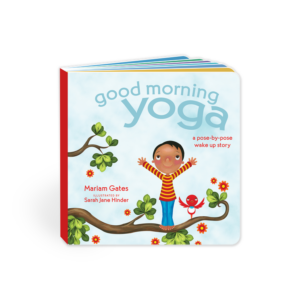
The Book
Good Morning Yoga is a board book version of the bestselling picture book. Targeted for the littlest yogis, ages 0–4, it is the perfect introduction to simple yoga poses at an early age, encouraging children to enjoy moving their bodies, using their imaginations, and learning a new skill.
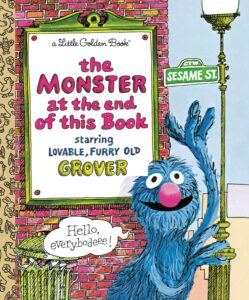
What was your favorite book as a child?
My absolute favorite book as a child was The Monster at the End of This Book by Jon Stone and illustrated by Michael Smollin. (Though on the cover, it really just gives credit to “lovable, furry old Grover.”)
It is the original “interactive” book. As a child, the fact that Grover was speaking directly to me, the reader, and that I was in on (and affecting) the progression of the story was nothing short of magical. It was my first experience of feeling amazed, surprised, and delighted by what could happen in the pages of a book—a feeling that has obviously never left.
All of my books are “interactive,” and my hope is that children feel that kind of connection and magic when they read them. I want young readers to be transported and to feel how each word and each image was created as a gift for them to enjoy.
Has your book taken on a new meaning in the world’s current circumstances? Is there anything you would have included in your book if you were writing it now?
I have loved hearing over the years about how teachers and parents incorporate Good Morning Yoga: A Pose-by-Pose Wake Up Story into morning meetings and family routines. But once we went into shelter-in-place in 2020, I started having daily and weekly emails and messages from people around the country. I’ve had the honor of hearing personal stories from teachers who are still using it, but now on Zoom, and parents who use the flow and the visualization at the end as transitions and breaks in their homeschooling schedules. In the midst of all of this separation, it has been an unbelievable gift to be connected to people through the book.
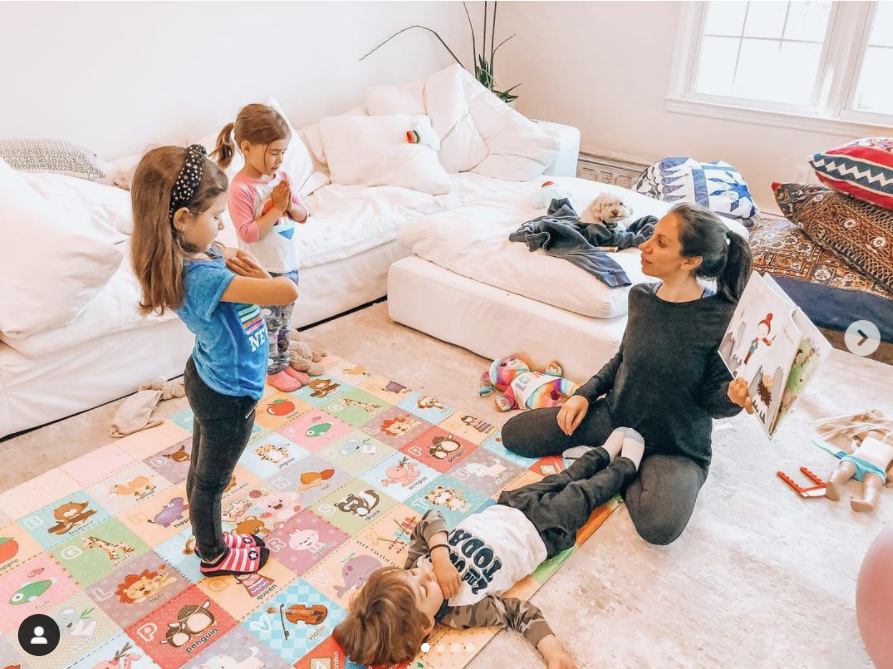
Photo courtesy of Misha Vayner
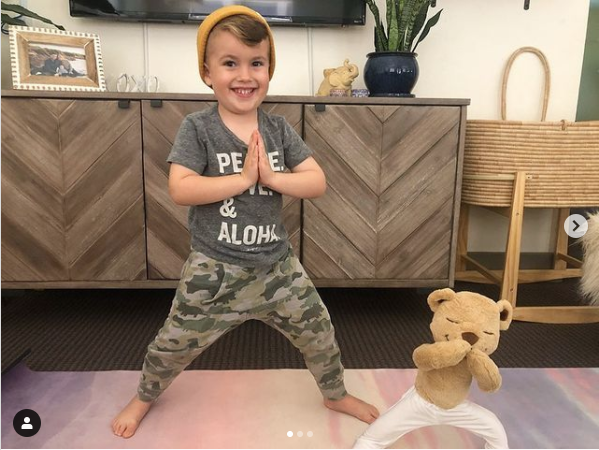
Photo courtesy of MOJA YOGA
What is something that doesn’t make it into your author bio?
In my 20s and 30s I was a hand model! It was an incredibly fun (and lucrative) job. I had always received compliments on my hands, so in graduate school, when I did not have time for a regular employment schedule, I started hand modeling on the side. 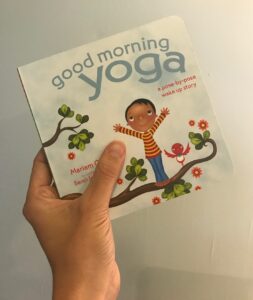
This was back when most things were done in person, so I made an appointment for an interview with Ford Modeling and brought in a set of “handshots.” They signed me on the spot, and I spent several years working in commercials and print.

Learn More
Sounds True | Amazon | Barnes & Noble | IndieBound | Bookshop

